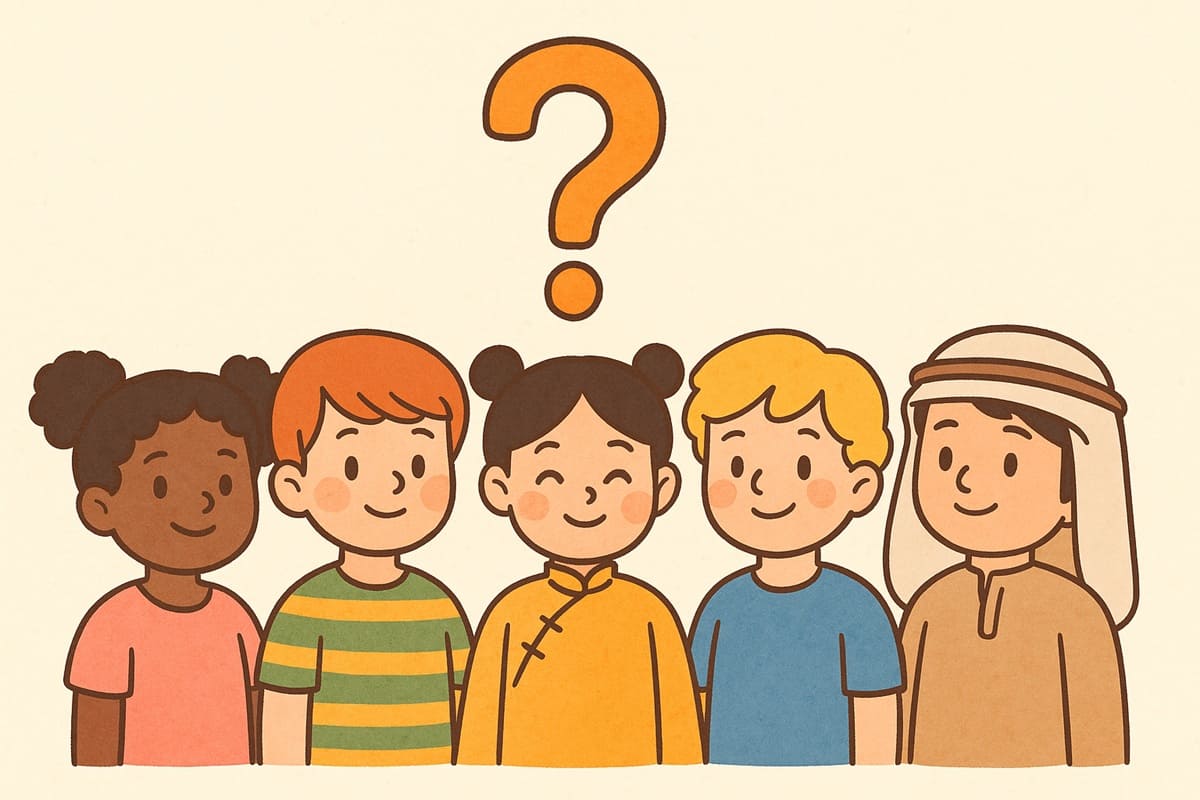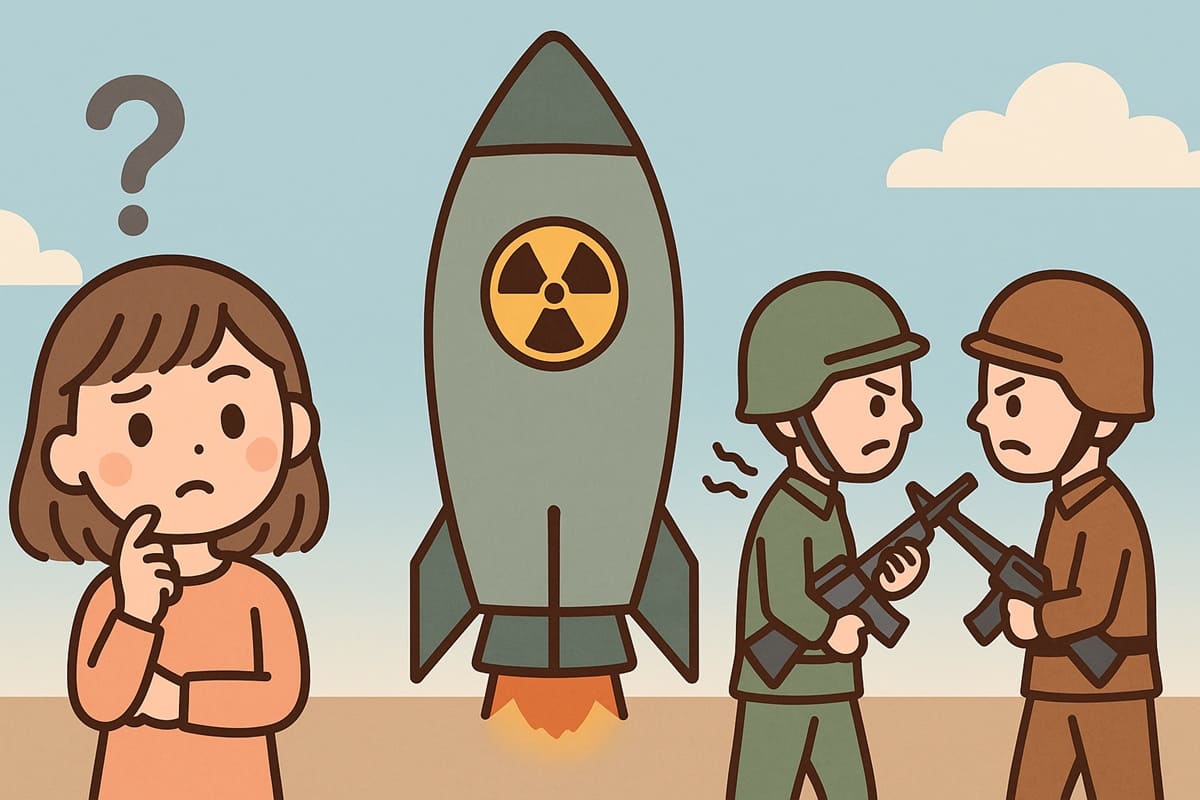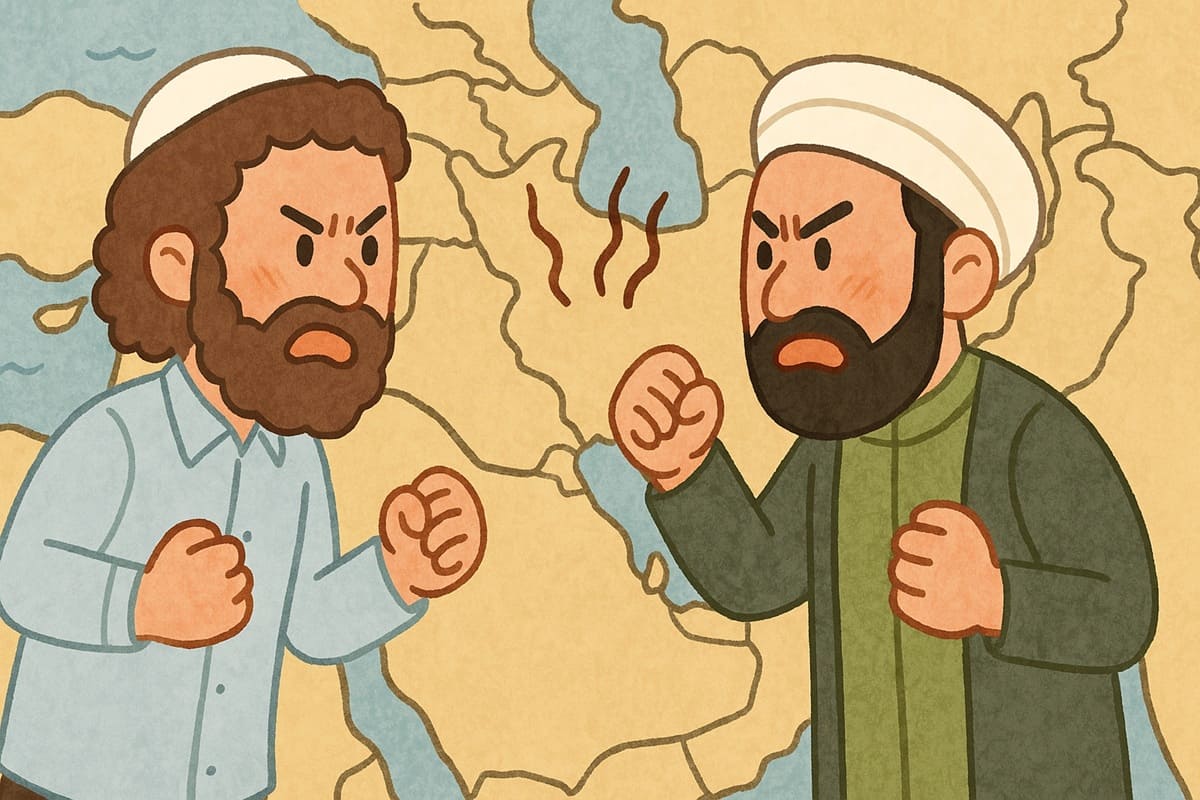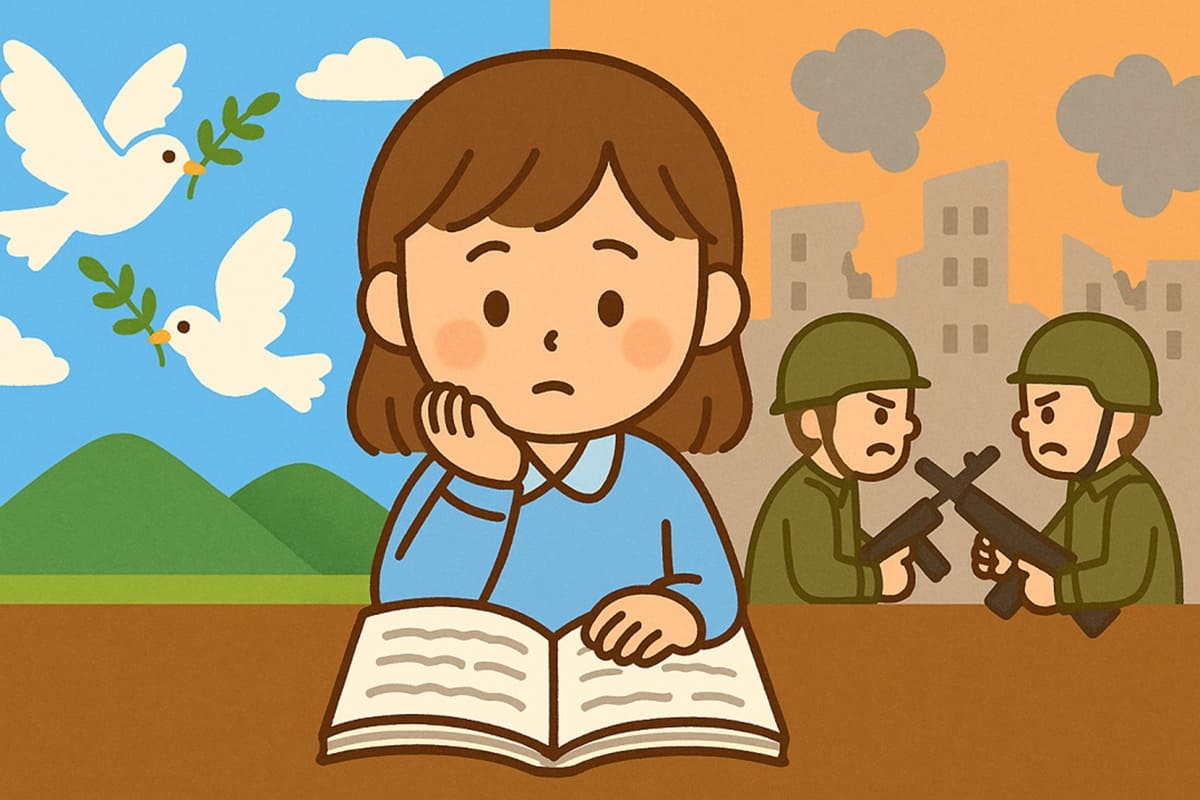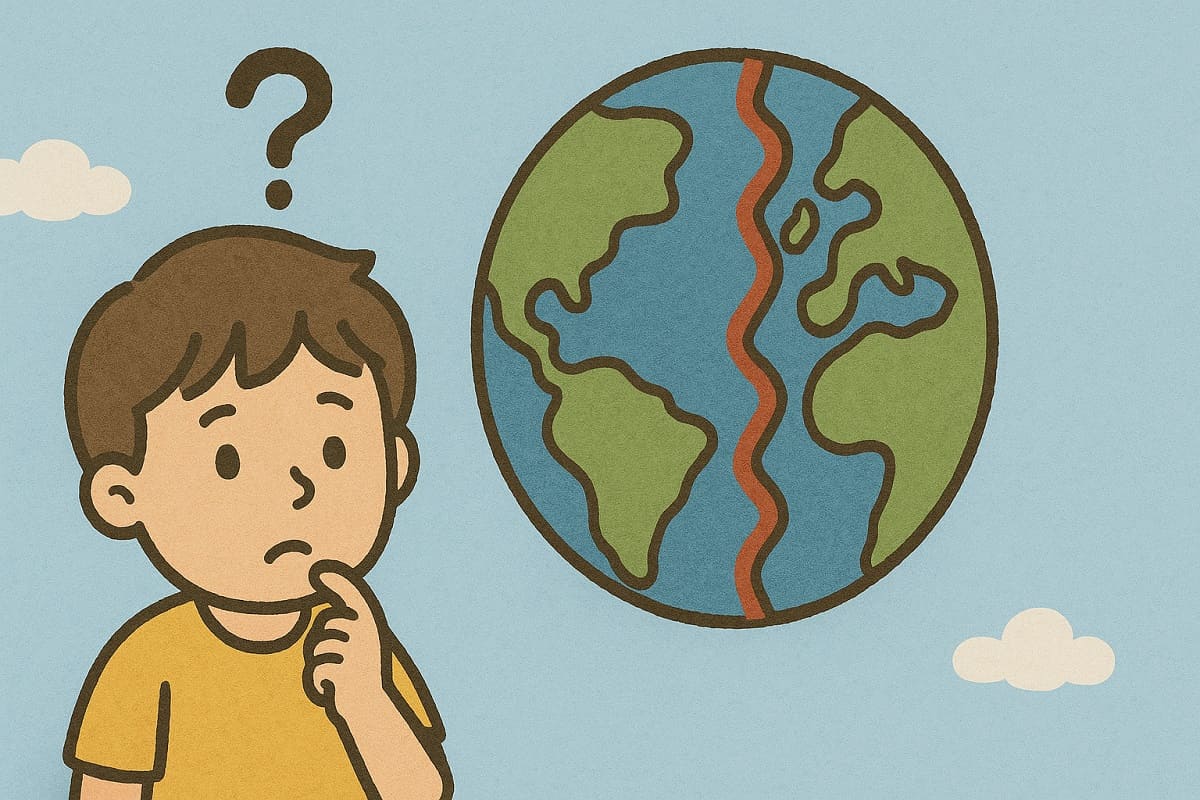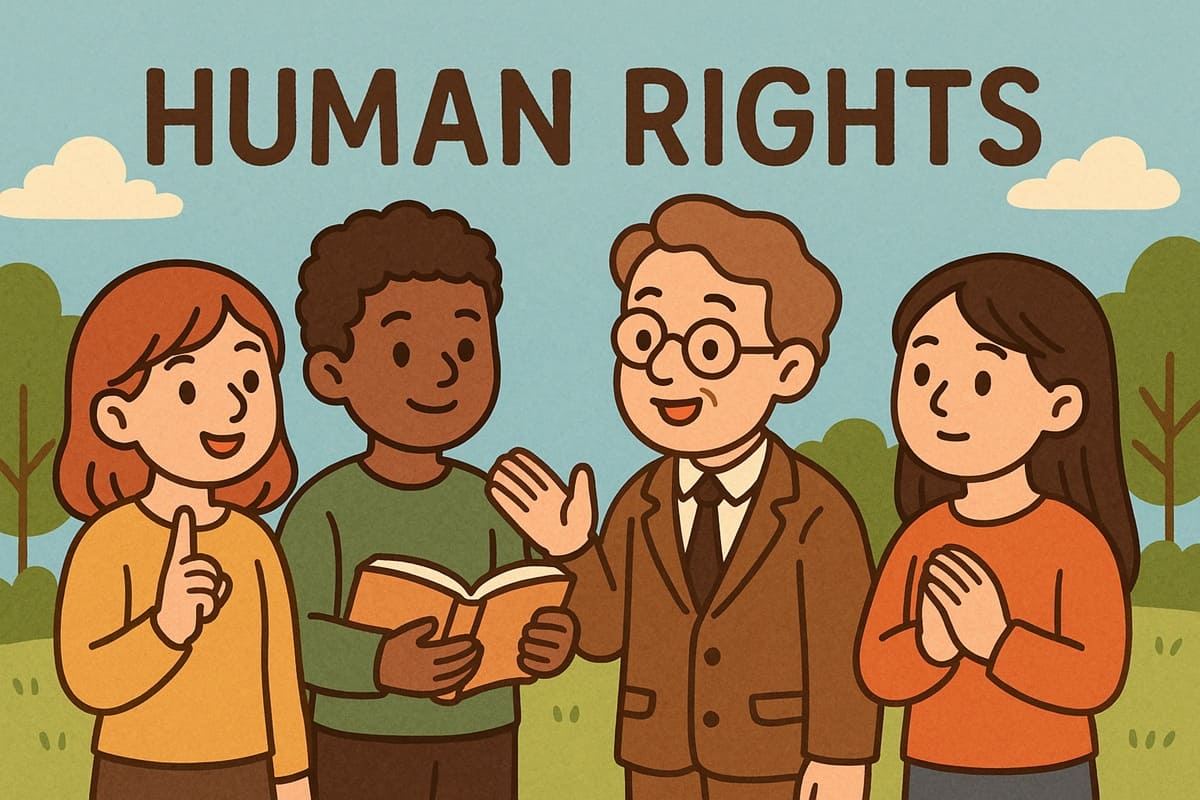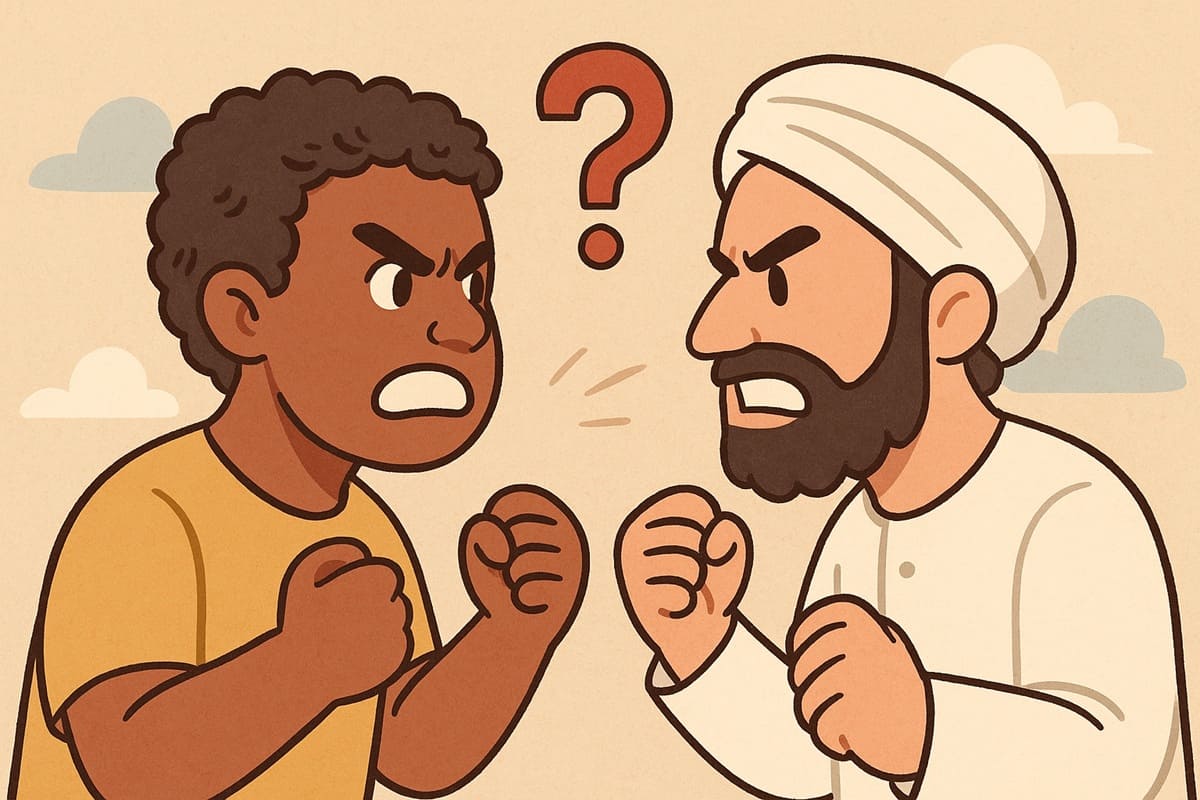How to Build World Peace: Embracing Ambiguity

“We’re right!” “No, you’re wrong!”
When we try to clearly define what’s right and wrong in black and white terms, conflicts tend to arise—between people, and between nations.
But what if we could say, “Maybe both sides are a little right,” or “It’s unclear, but let’s talk anyway”? If more people thought this way, perhaps conflicts would decrease.
In fact, to maintain peace in the world, it’s often essential to consciously accept “ambiguity” and “gray zones.”
This article explores how the power to embrace uncertainty can help create a more peaceful world.
Why Does “Drawing Clear Lines” Lead to Conflict?
Humans tend to feel uneasy about uncertainty. That’s why we want to define things clearly—right or wrong, friend or enemy. But many of the world’s problems aren’t so simple.
For example, when issues involve religion, ethnic history, or cultural values, deciding that only one side is right can make the other feel that their identity or beliefs are being denied. This can lead to anger and resistance, eventually escalating into conflict or war.
Avoiding Conflict by Maintaining Ambiguity
In international diplomacy, there’s a concept known as “constructive ambiguity.” This means intentionally leaving certain things vague to reach agreement, even when there are deep differences.
One example is the 1998 Good Friday Agreement in Northern Ireland. Instead of clearly stating who the territory belongs to, the agreement left the issue open for future discussion. This helped avoid war and violence while respecting each side’s stance.
Another famous example is the U.S. policy of “strategic ambiguity” regarding Taiwan. The U.S. doesn’t explicitly say which side it would support in a crisis—China or Taiwan. Because of this uncertainty, both sides must act cautiously, making large-scale war less likely.
Gray Zones as The Key to Resolving Territorial Disputes
There are many territorial disputes around the world, where two countries claim the same land because borders are unclear.
If one side insists, “Let’s settle this once and for all!” then the other side would have to admit defeat. That can lead to anger, resentment, and even war.
Instead, some countries opt for “joint management,” such as sharing resources from the disputed land or allowing free movement of people across borders. By maintaining a gray zone, each side can save face while avoiding direct conflict.
The Inner Strength to Accept Ambiguity
In psychology, there’s a concept called “tolerance for ambiguity.” It refers to one’s ability to accept uncertainty or unclear situations.
People with low tolerance for ambiguity tend to seek quick answers or make snap judgments, which can lead to conflict or discrimination. On the other hand, those with high tolerance can say, “It’s okay not to have a clear answer yet,” and remain open to continued dialogue.
Since international conflict ultimately stems from human emotions, if more individuals develop the capacity to accept ambiguity, we move closer to a peaceful world.
Rather than Perfect Peace, Aim for “The Absence of Conflict”
Many dream of a perfectly peaceful world with no war at all. But in reality, such perfection is hard to achieve.
What’s more important is not “fighting for the truth” at all costs, but “maintaining the absence of conflict” through ambiguity. Instead of forcing clarity where it isn’t needed, we should continue dialogue while respecting each other’s positions and perspectives. That’s the only realistic path to world peace.
Conclusion
Ambiguity can be uncomfortable. But by accepting it, we create distance from conflict.
Rather than striving for a perfect peace, sustaining a “conflict-free” state is a more practical and meaningful effort.
And for that, what we need is the courage not to draw hard lines and the wisdom to live together in the gray.
Main References
Singer, J. (2001). The use of constructive ambiguity in Israeli-Arab peace negotiations. Israel Yearbook on Human Rights, 31.
Pehar, D. (2001). Use of ambiguities in peace agreements. In Language and Diplomacy. DiploFoundation.
Welch, N. (2025). Strategic ambiguity vs. clarity: US-Taiwan policy. ChinaTalk.
Budner, S. N. (1962). Intolerance of ambiguity as a personality variable. Journal of Personality, 30(1), 29–50.
Kurbalija, J. (2025). Is ambiguity an effective diplomatic tool? Diplo Blog.

